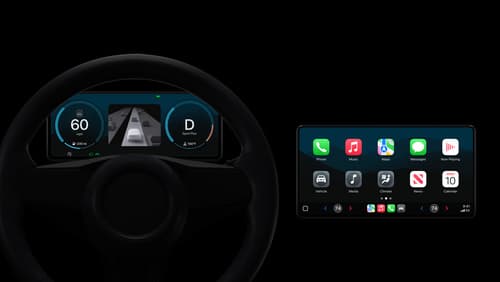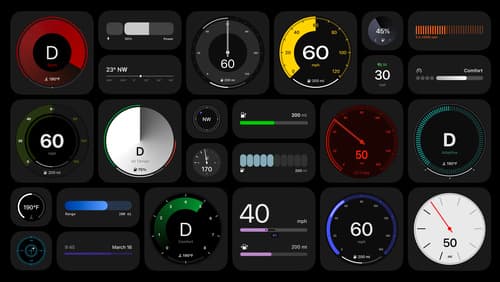What is the current UI standards for CarPlay
Asked on 2024-07-30
1 search
The current UI standards for the next generation of CarPlay are designed to be highly flexible and customizable, adapting to the specific features and configurations of different vehicles. Here are some key points:
-
Vehicle State Protocol: The UI relies on the vehicle system to provide up-to-date state information, which is then reflected in the UI. This ensures that the UI is always aware of the state of the car and can display relevant information accordingly (Meet the next generation of CarPlay architecture).
-
Customization: The next generation of CarPlay allows for deep customization to match the unique capabilities and design preferences of different car models. This includes flexible layout systems, customizable backgrounds, color theming, and dynamic content that combines vehicle info with CarPlay features (Say hello to the next generation of CarPlay design system).
-
Local and Remote UI: The system supports both local UI, which is rendered with low latency and responds to high-frequency car signals, and remote UI, which brings a rich iPhone experience to the vehicle (Meet the next generation of CarPlay architecture).
-
Climate Control UI: The next generation of CarPlay includes a full-featured climate control UI that can be customized to accommodate a wide range of vehicle models with different features and capabilities (Meet the next generation of CarPlay architecture).
-
Driver Display: The driver display is a central element of the co-branded experience, allowing automakers to express their own visual design philosophy within CarPlay, creating a unique look tailored to their brand and vehicles (Say hello to the next generation of CarPlay design system).
For more detailed information, you can refer to the sessions:

Meet the next generation of CarPlay architecture
Dive into the architecture for the next generation of CarPlay. Learn how your vehicle system works with iPhone to create a single cohesive experience that showcases the best of your car and iPhone. Learn how UI is rendered and composited, and explore ways to configure and customize a special experience for each vehicle model. This session is intended for automakers and system developers interested in the next generation of CarPlay.

Say hello to the next generation of CarPlay design system
Explore the design system at the heart of the next generation of CarPlay that allows each automaker to express your vehicle’s character and brand. Learn how gauges, layouts, dynamic content, and more are deeply customizable and adaptable, allowing you to express your own design philosophy and create an iconic, tailored look. This session is intended for automakers, system developers, and anyone designing a system that supports the next generation of CarPlay.
